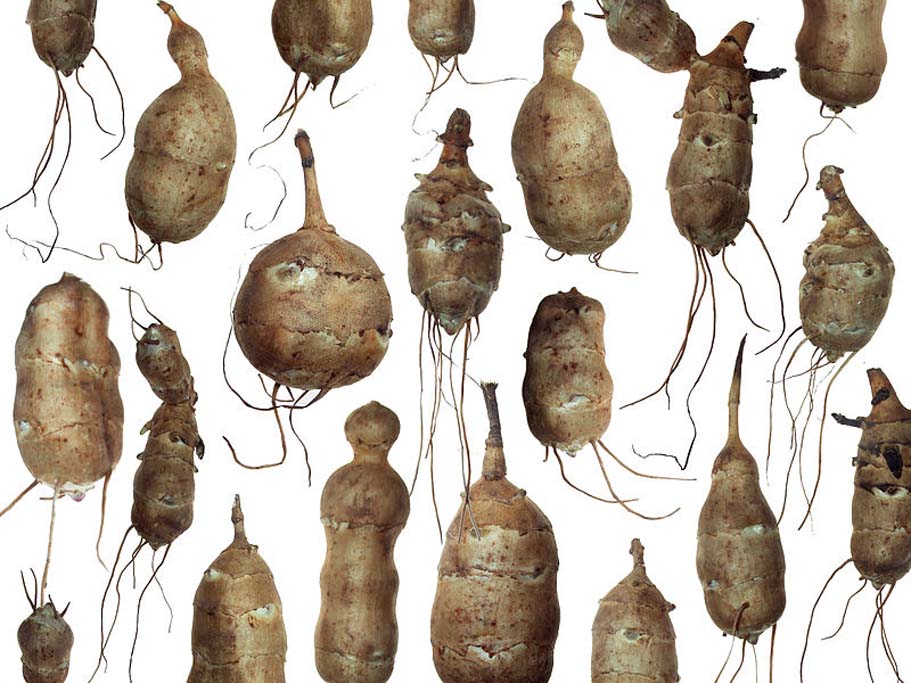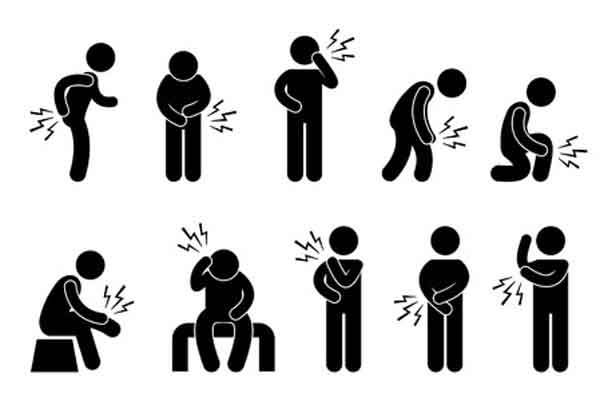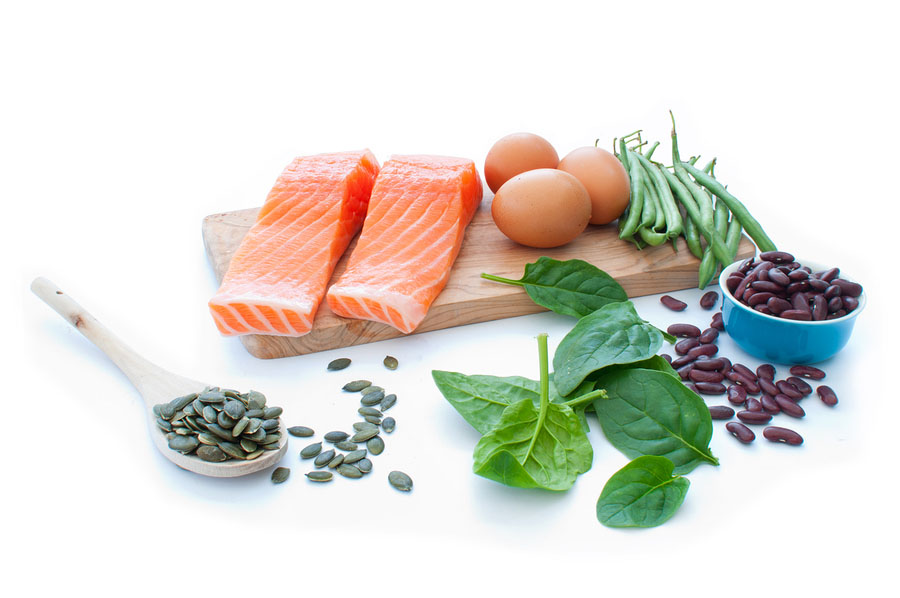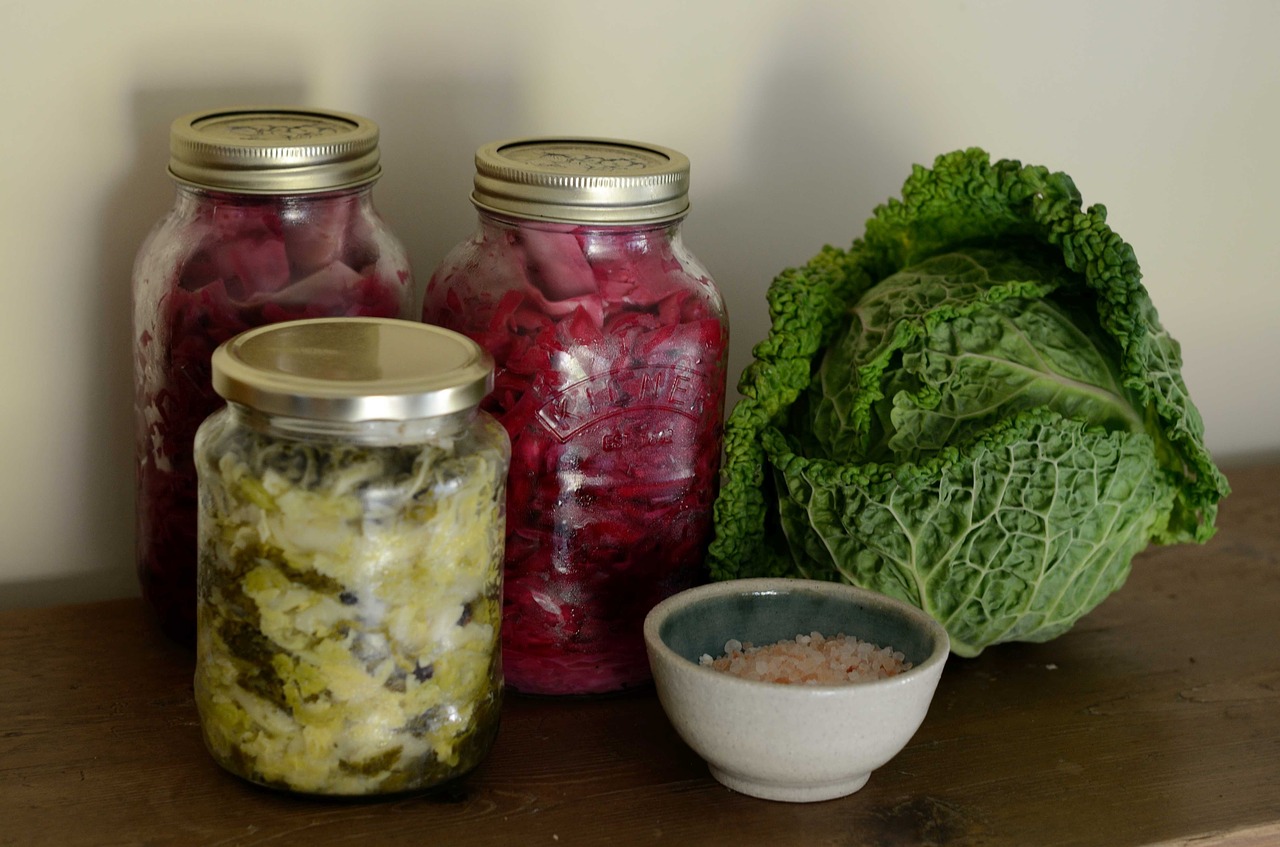Fiber and Health
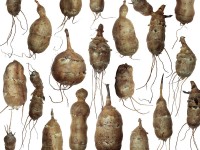 I am doing a bit of research into the complex world of intestinal microbiomes and their effects on everything from our metabolism, body fat, immune health and energy. It is quite a diverse bit of study and will take me some time to complete to my satisfaction. I did run across one interesting tidbit that I thought that I would share with you now. It involves fiber in our diet.
I am doing a bit of research into the complex world of intestinal microbiomes and their effects on everything from our metabolism, body fat, immune health and energy. It is quite a diverse bit of study and will take me some time to complete to my satisfaction. I did run across one interesting tidbit that I thought that I would share with you now. It involves fiber in our diet.
Dietary Fiber
There are two basic types of fiber in our diet, specifically soluble and insoluble. Soluble fiber as it sounds dissolves in water and forms into a gel during digestion. This will slow digestion and remain in transit for a longer period of time. Soluble fiber is also likely to ferment which can offer benefits to our natural intestinal microbiome. On the down side this fermentation can also cause bloating or gas. Some common foods that provide soluble fiber are oat bran, barley, nuts, seeds, beans, lentils and fruits. Psyllium husks are a common soluble fiber supplement.
Insoluble fiber does not dissolve in water. This type of fiber will add bulk to the stool and can help food pass more quickly through the digestive system. Because it does not dissolve in water, this type of fiber does not ferment, nor does it typically cause bloating or gas. Basically, this fiber interacts with our system as a bulking agent. You find this kind of fiber in wheat bran, vegetables and whole grains.
Now I am a big fan of having a non-bloated and ungassy intestinal system especially since I teach yoga and I presume my students also appreciate this about me. Mind you we don’t get into any discussions about how ‘ungassy’ I am, but would be willing to bet good money that if it were the other way around – people would talk. Maybe not to my face, but eventually with enough ‘evidence’ I might get some sort of reputation. It is all well and good for my students to occasionally have a ‘trumpet of the swan’ moment but an instructor has to take on certain super hero traits. I consider it a goal to make sure my students never even suspect I have an intestinal system.
The above information is just to illustrate how I have been more interested in insoluble dietary fiber than soluble. I am a big fan of fiber and also of intestinal health. Just because I want stealthy intestines does not mean I don’t appreciate them. Not only do I supply them with plenty of fiber, but also with plenty of fermented vegetables so they can do all that marvelous microbiome stuff that is essential to being healthy.
Inulin
Sometimes though a person can miss the forest for the trees and such has been my blind spot to a very special fiber called oligofructose. Also known as fructooligosaccharide, oligofructiose is a subgroup of fiber known as Inulin. This insoluble fiber is not digested in the upper gastrointestinal tract so we do not get any calories from it. It is found naturally in foods such as onions, Jerusalem artichoke, chicory root, leeks, garlic, oats, barley and rye. It has a sweet flavor so it is sometimes used in sugar-free foods. Even though it is sweet, it is about half as sweet as table sugar so it can contribute favorably to the taste of many foods we might eat.
Inulin is considered a pre-biotic. Now a pro-biotic is an organism that sets up shop in our small and large intestine. A pre-biotic is food for the pro-biotic organisms. Our digestive tract does not break down nor absorb Inulin but the bifidobacterium in the large intestine gobbles this stuff up. This not only allows the pro-biotic colonies to flourish but also lowers the PH of the colon. This supplies the body with short-chain fatty acids that the intestinal cells use for energy.
 Inulin can be easily obtained as a supplement. Jarrow Formula brand Inulin comes in a powder form that will allow you to add it to food or beverages easily. It gets great reviews on Amazon.
Inulin can be easily obtained as a supplement. Jarrow Formula brand Inulin comes in a powder form that will allow you to add it to food or beverages easily. It gets great reviews on Amazon.
So, add it to foods or beverages and it will then help all those important pro-biotic organisms. Perhaps best of all since it is insoluble we will not have to deal with bloating or gas common in soluble fiber – and better yet, my students can continue to be oblivious to my gastrointestinal tract. It doesn’t get much better than that.


